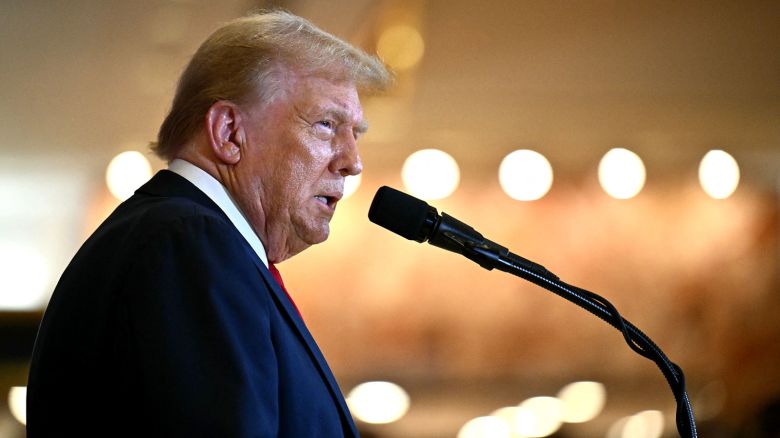Washington/New Delhi: In a dramatic shift aimed at reshaping the U.S. pharmaceutical manufacturing landscape, former U.S. President Donald Trump has announced a 100% tariff on all imported branded and patented medicines, effective October 1, 2025. The sweeping move is likely to rattle the global pharmaceutical trade, with India’s pharma exports particularly vulnerable.
Trump made the announcement via his social media platform, Truth Social, stating that the tariff will apply to any branded pharmaceutical product unless the manufacturer is actively building a production facility within the United States.
“Companies importing branded or patented pharmaceutical products will face a 100% tariff unless they are constructing manufacturing plants on American soil,” he posted. He further clarified that the term “IS BUILDING” would refer to facilities that have broken ground or are under active construction.
Major Shakeup for Indian Pharma Exporters
India, a global powerhouse in pharmaceutical manufacturing, could feel the brunt of the decision. The U.S. remains India’s largest export market for pharma goods, with over $8.7 billion worth of medicines sent to American shores in FY24 — nearly a third of India’s total pharma exports, per the Pharmaceuticals Export Promotion Council of India (Pharmexcil).
Leading Indian drugmakers, including Sun Pharma, Aurobindo Pharma, Dr. Reddy’s Laboratories, and Zydus Lifesciences, depend heavily on U.S. sales, which contribute between 30% and 50% of their overall revenue. These companies are now staring at potential supply chain disruptions, cost escalations, and pricing uncertainty, especially for complex generics and specialty medicines.
Though Trump’s order is squarely aimed at branded and patented drugs — typically the domain of Western multinationals — Indian industry insiders fear that ambiguous tariff enforcement could extend to advanced generics or biosimilars.
“Even if generics aren’t directly targeted now, the lack of clarity could hurt confidence and investment. Exporters need predictability, and this announcement introduces a layer of risk,” said a senior executive at a Mumbai-based pharmaceutical firm.
Ripple Effects Likely in the U.S. Market
The U.S. relies heavily on low-cost Indian generics to keep healthcare affordable. Analysts warn that a tariff-driven disruption could lead to higher prices, limited availability, and delayed access to essential medicines for American consumers.
“Indian firms have been critical to keeping drug costs in check. If these tariffs spill over to affect broader segments of imports, the consequences could be severe — both economically and in terms of public health,” noted an American healthcare policy analyst.
Tariffs Beyond Pharma: A Wider Trade Strategy
The pharma tariff is part of a broader tariff escalation by Trump. The former president also announced:
- 50% duty on imported kitchen and bathroom furniture
- 30% on upholstered furnishings
- 25% on heavy trucks
- 50% tariff on Indian goods, with an additional 25% penalty tied to India’s ongoing oil trade with Russia
While Trump has not offered specific legal backing for these new tariffs, he justified the moves on grounds of “national security and other reasons.” This rationale echoes earlier trade war tactics that framed economic measures as essential to safeguarding American interests.
What Happens Next?
With less than a year until the new tariffs take effect, Indian pharmaceutical exporters face a ticking clock. Some companies may accelerate plans to set up or expand manufacturing facilities in the U.S. to avoid the looming penalties. Others might push for diplomatic interventions or trade talks to seek exemptions.
So far, India’s Ministry of Commerce has not issued an official response, though back-channel discussions are likely underway.
As the countdown to October 1 begins, global drug supply chains, cross-border pricing structures, and trade relationships may face their most significant stress test in years. For Indian pharma, the challenge will be navigating uncertainty without sacrificing access to its most critical export market.

